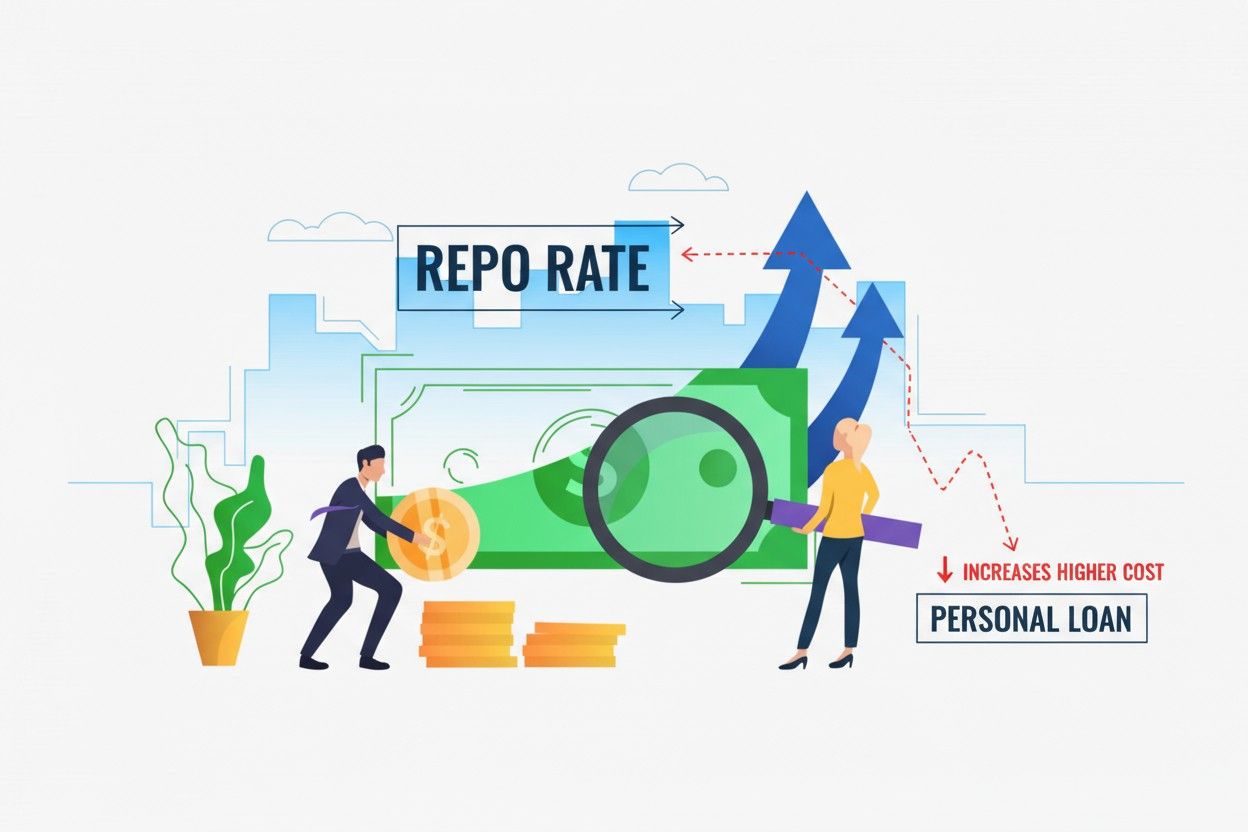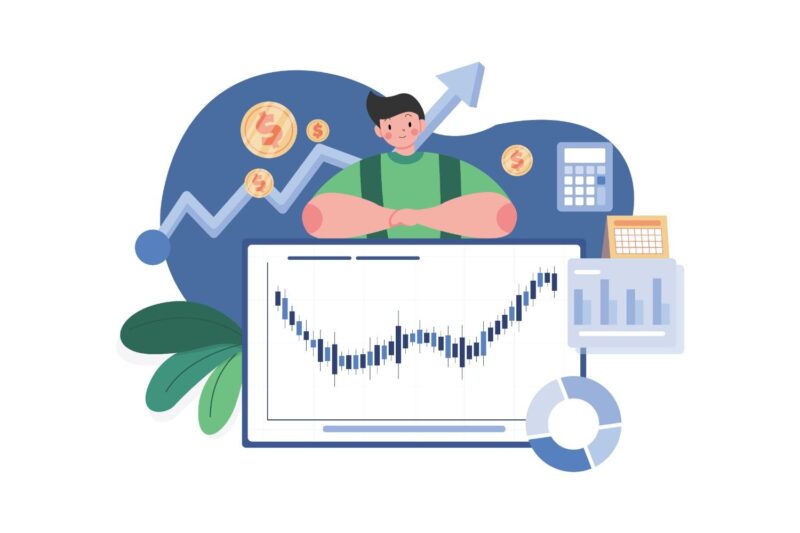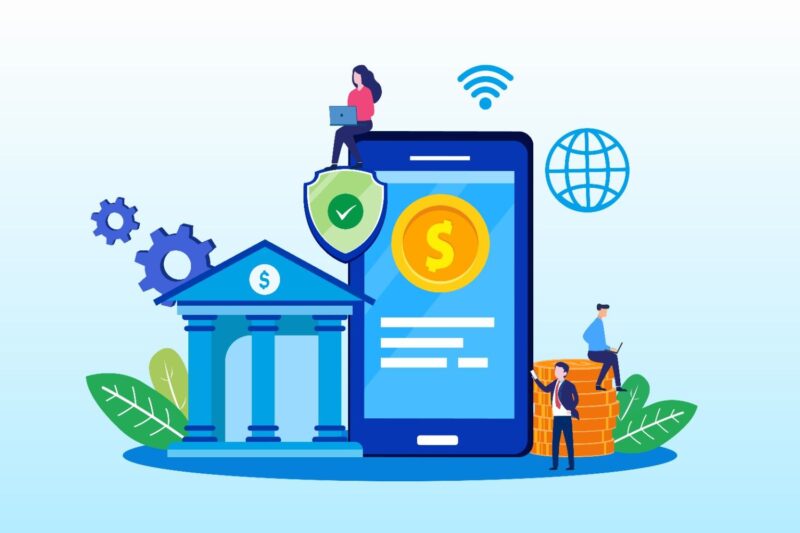When it comes to borrowing, one of the most common questions is: Does repo rate affect personal loan EMI? The answer is yes. The RBI repo rate plays a critical role in determining the rate of interest on personal loans, and even small changes can significantly impact your monthly repayments.
This guide explains the connection between the repo rate and personal loans, how changes affect borrowers, examples with calculations, and strategies to manage your loan better.
What is RBI Repo Rate and Why Does It Matter?
The RBI repo rate is the interest rate at which the Reserve Bank of India lends money to commercial banks. This rate directly affects the cost of borrowing for banks, and in turn, the rate of interest on personal loans offered to customers.
- When the RBI repo rate increases, borrowing becomes expensive → higher personal loan ROI.
- When the RBI repo rate decreases, borrowing gets cheaper, → lower loan interest rates.
Thus, tracking the repo rate is essential for anyone planning to take or repay a loan.
How Does Repo Rate Affect Personal Loan Rates?
So, does the repo rate affect personal loan rates directly? Yes, especially after the introduction of External Benchmark Linked Rates (EBLR). Many lenders link their loan rates to the repo rate, ensuring transparency for borrowers.
- Floating Rate Loans → Repo rate changes impact your EMI directly.
- Fixed Rate Loans → EMI stays constant, unaffected by repo rate.
Example: Repo Rate and Personal Loan EMI
Here’s how a simple change in the RBI repo rate can impact EMIs for a ₹5,00,000 loan with a 5-year tenure:
| Repo Rate Impact | Interest Rate on Loan | EMI (Approx) | Difference |
| Before hike | 10% | ₹10,624 | – |
| After hike (+1%) | 11% | ₹10,871 | +₹247 |
| After cut (–1%) | 9% | ₹10,378 | –₹246 |
As seen above, even a 1% repo rate change can make a noticeable difference in personal loan EMI and total repayment.
Fixed vs Floating Personal Loan ROI
To fully understand whether does repo rate affects personal loans, you need to know the difference between fixed ROI and floating ROI:
- Fixed ROI on Personal Loan
- EMI remains constant throughout.
- Repo rate changes have no effect.
- EMI remains constant throughout.
- Floating ROI on Personal Loan
- EMI varies with repo rate changes.
- Advantage during repo rate cuts, but costlier when the RBI hikes rates.
- EMI varies with repo rate changes.
Factors That Influence Personal Loan ROI Along with Repo Rate
While the repo rate and personal loan EMI are closely linked, other factors also determine the final interest rate:
- Credit Score – Higher score = lower ROI.
- Loan Amount & Tenure – Larger loans or longer tenure may attract higher ROI.
- Income Stability – Salaried professionals may get lower ROI compared to self-employed.
- Market Conditions – Repo rate is one part; inflation and liquidity also matter.
Does Repo Rate Affect Personal Loan EMI Immediately?
- For floating ROI loans, banks usually pass repo rate changes within 1–3 months.
- For fixed ROI loans, EMIs remain unchanged regardless of the repo rate.
So yes, repo rate and personal loan EMIs are directly connected, but the speed of change depends on your loan type.
Tips to Manage Loans During Repo Rate Fluctuations
If you’re concerned about repo rate changes affecting your loan, here are some practical tips:
- Use a Personal Loan EMI Calculator before borrowing to plan repayments.
- Make part-prepayments when repo rates rise, reducing long-term burden.
- Switch to fixed ROI loans if you prefer stability.
- Track RBI repo rate updates regularly to anticipate changes in EMIs.
Conclusion
So, does the repo rate affect personal loans? The answer is a definite yes, especially for floating rate loans linked to the RBI repo rate. Borrowers should track repo rate announcements carefully, as even small hikes or cuts can make a big difference in monthly EMI and overall cost of borrowing.
By understanding the link between repo rate and personal loan, and using smart repayment strategies, borrowers can make informed financial decisions and manage debt more effectively.




I didn’t realize the repo rate had such a direct effect on personal loans. It’s a good reminder to track interest rates closely, especially with floating loans. Any advice for borrowers in terms of managing rates with the current economic climate?